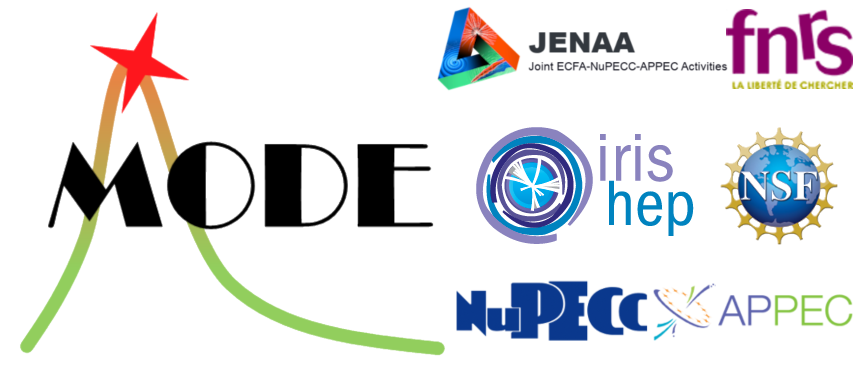Speaker
Description
We present a case for the use of Reinforcement Learning (RL) for the design of physics instruments as an alternative to gradient-based instrument-optimization methods in arXiv:2412.10237. As context, we first reflect on our previous work optimizing the Muon Shield following the experiment’s approval—an effort successfully tackled using classical approaches such as Bayesian Optimization, supported by a complex but easy-to-use computing infrastructure. While effective, this earlier work highlighted the limitations of conventional methods in terms of design flexibility and scalability. Then the applicability of RL is demonstrated using two empirical studies. One is longitudinal segmentation of calorimeters and the second is both transverse segmentation as well as longitudinal placement of trackers in a spectrometer. Based on these experiments, we propose an alternative approach that offers unique advantages over differentiable programming and surrogate-based differentiable design optimization methods. First, RL algorithms possess inherent exploratory capabilities, which help mitigate the risk of convergence to local optima. Second, this approach eliminates the necessity of constraining the design to a predefined detector model with fixed parameters. Instead, it allows for the flexible placement of a variable number of detector components and facilitates discrete decision-making. We then discuss the road map of how this idea can be extended into designing very complex instruments. The presented study sets the stage for a novel framework in physics instrument design, offering a scalable and efficient framework that can be pivotal for future projects such as the Future Circular Collider (FCC), where highly optimized detectors are essential for exploring physics at unprecedented energy scales.
